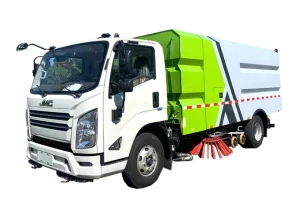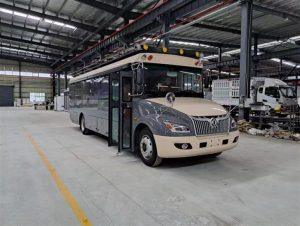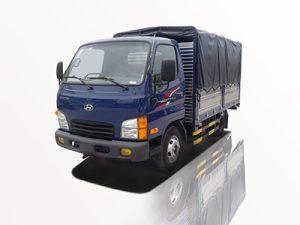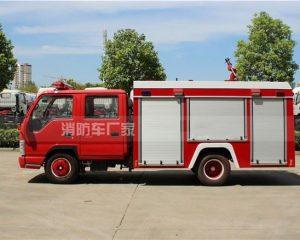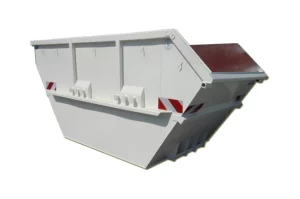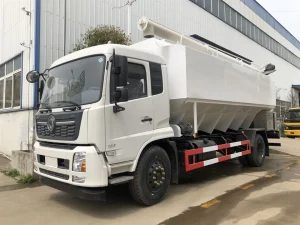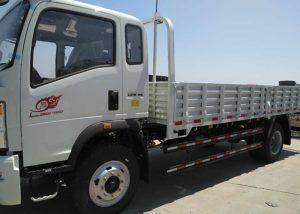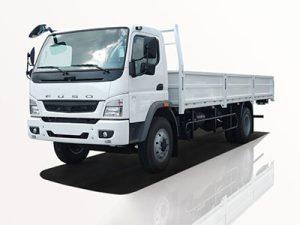Monday to Saturday - 8:00 -17:30
Understanding the Benefits and Uses of a Truck with Cage
A truck with cage, often referred to as a caged truck, is an essential vehicle for various industries and personal uses. Whether you need to transport animals, tools, or waste, a truck equipped with a cage provides security and convenience. In this comprehensive article, we’ll explore everything about trucks with cages, including their types, benefits, uses, and maintenance. This guide aims to equip you with all the vital information about choosing the right truck for your needs.
What is a Truck with Cage?
A truck with cage is a vehicle featuring a cage-like structure built onto its bed. This design ensures that the cargo, whether it’s livestock or equipment, remains secure during transportation. The cages can be crafted from metal or plastic and may vary in height and width based on the truck’s dimensions and the specific needs of the user.
Types of Trucks with Cages
1. Flatbed Trucks with Cages
Flatbed trucks are the most commonly used truck types fitted with cages. They feature a flat, open bed and are ideal for carrying large or bulky items. The cage serves as a barrier, ensuring that the goods remain restrained during transport.
2. Pickup Trucks with Cages
A pickup truck with a cage is a versatile option that provides more utility for personal and commercial use. These trucks are easier to maneuver and can be equipped with customized cages to fit specific needs.
3. Box Trucks with Cages
Box trucks, typically used for moving and businesses, can be outfitted with cages for transporting smaller items securely. The enclosed nature of box trucks adds an extra layer of security against damage and theft.
Benefits of Using a Truck with Cage
1. Enhanced Security
The primary benefit of having a cage on a truck is the added security it provides. Cages ensure that your cargo does not shift or fall out during transport, minimizing the risk of accidents.
2. Versatility in Transportation
Whether you’re transporting animals, construction materials, or personal belongings, a truck with a cage can be versatile enough to handle various types of goods. This adaptability is invaluable for businesses that handle diverse transportation needs.
3. Better Organization
A caged truck allows for better organization of cargo. With designated sections or compartments within the cage, it becomes easier to categorize and retrieve items as needed.
4. Improved Visibility
Cages allow for better visibility of the cargo, enabling drivers to monitor their loads during transit. This feature is especially useful for transporting live animals or fragile items.
5. Compliance with Regulations
In many industries, specific regulations demand that certain types of cargo must be transported securely. A truck with cage can help businesses comply with local laws and safety regulations.
Practical Examples of Use
1. Agricultural Transportation
Farmers often use trucks with cages to transport animals such as sheep, goats, or pigs. The cage design ensures the animals are safe while providing adequate ventilation during transit.
2. Construction Sites
Construction companies utilize caged trucks to transport tools and materials efficiently. This prevents theft and keeps equipment organized on the job site.
3. Moving and Hauling
If you’re moving homes or businesses, a truck with cage can help you securely transport your belongings. It prevents items from spilling out, ensuring that you arrive at your destination without issue.
4. Waste Disposal
Municipalities often use trucks with cages for waste collection. The cages help contain trash and recyclables securely during collection, preventing littering on the road.
Choosing the Right Truck with Cage
1. Assess Your Needs
Before purchasing a truck with cage, evaluate what you plan to transport. Consider the size and weight of the cargo, as this will influence the type of truck you’ll need.
2. Size and Dimensions
Make sure the truck’s cage matches the dimensions of what you’ll be transporting. Whether it’s livestock or tools, having the right size cage is critical to keeping everything secure.
3. Material Quality
Look for a truck with a cage made from durable materials to withstand wear and tear. Metal cages tend to offer better longevity than plastic options.
4. Vehicle Specifications
Check the truck’s weight capacity and ensure it meets your requirements. It’s important to choose a vehicle that can safely handle the weight of your cargo.
Maintenance Tips for Trucks with Cages
1. Regular Inspections
Schedule regular inspections of the cage and truck to identify any signs of wear, rust, or damage. This can prevent larger issues down the line.
2. Cleanliness
Keep the cage clean to prevent odors and rust. Regularly check for debris and wash the cage as necessary.
3. Lubrication
Ensure that moving parts are regularly lubricated. This applies to any gates or doors on the cage that might require maintenance for smooth operation.
4. Proper Loading Techniques
Always load your truck properly to maintain balance and prevent overloading any one section of the cage. This will help avoid accidents during transport.
Cost Considerations for Trucks with Cages
1. Purchase Price
The price of a truck with cage can vary widely based on the type, size, and materials used. On average, expect to pay anywhere from $15,000 to $50,000 for a new model.
2. Operating Costs
Factor in fuel efficiency and maintenance costs when budgeting for operational expenses. Trucks with cages may have different fuel economy ratings depending on their configuration.
3. Insurance
Insurance costs can vary based on the use and load of the truck. Always consult with your insurance provider to get adequate coverage for your specific needs.
Frequently Asked Questions (FAQ)
1. What types of cargo can be transported using a truck with cage?
A truck with cage can transport a variety of cargo, including animals, construction materials, tools, and waste. It ensures that the cargo remains secure during transit.
2. Are trucks with cages better for animal transport?
Yes, trucks with cages are specifically designed to provide better air circulation and security for animals during transport, making them ideal for this purpose.
3. How do I choose the right size cage for my truck?
Measure the space in the truck bed and ensure that the cage dimensions accommodate your intended cargo. It’s essential to have enough room for secure loading without compromising safety.
4. Can I install a cage on my existing truck?
Yes, it is possible to install a cage on an existing truck. However, it’s essential to hire a professional to ensure that the installation is secure and meets regulations.
5. How can I maintain my truck with cage?
Regularly inspect the cage and truck for any signs of damage, keep the cage clean, lubricate moving parts, and ensure proper loading techniques are followed.
6. What are the legal requirements for transporting animals in a cage?
Legal requirements can vary by location. Always consult local regulations regarding the transportation of animals, including cage specifications and permissions needed.


